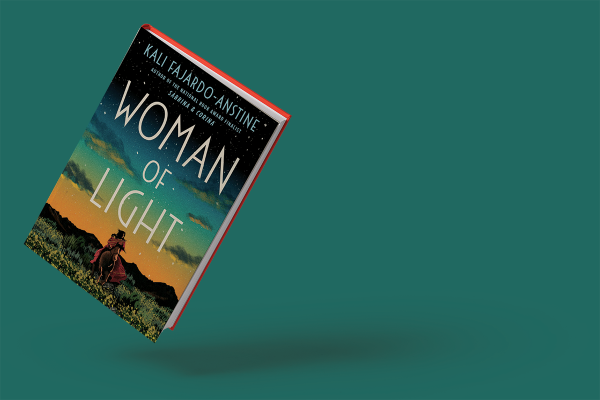PRIMARILY SET IN 1930s Denver, Kali Fajardo-Anstine’s debut novel, Woman of Light, is a deeply immersive story about the survival and legacy of an Indigenous Chicano family. When a violent mob attacks him for having a relationship with a white woman, Diego Lopez flees the city, leaving his younger sister, Luz Lopez, with their aunt Maria Josie. But working as a laundress isn’t enough to keep a roof over their heads, so Luz gets a job as a typist for a local Greek lawyer. When a cop kills a Mexican factory worker, Luz’s boss David takes on the case, and Luz is exposed to the inner workings of an unjust system.
Epic in scope, the novel covers five generations. While we focus mainly on Luz and Diego’s timeline in the 1930s, we also get brief glimpses of the people who came before them. There is Desiderya Lopez, the Sleepy Prophet of Pardona Pueblo, who finds an abandoned newborn and raises him as her own. This child is Pidre Lopez, who later departs Pardona after Desiderya’s death. In the town of Animas, Pidre falls in love with the widow and sharpshooter Simodecea Salazar-Smith when he recruits her for his performing theater. Together, they run the vibrant business and raise their daughters Sara and Maria Josie until tragedy strikes with the arrival of white prospectors.
Read the Full Article

